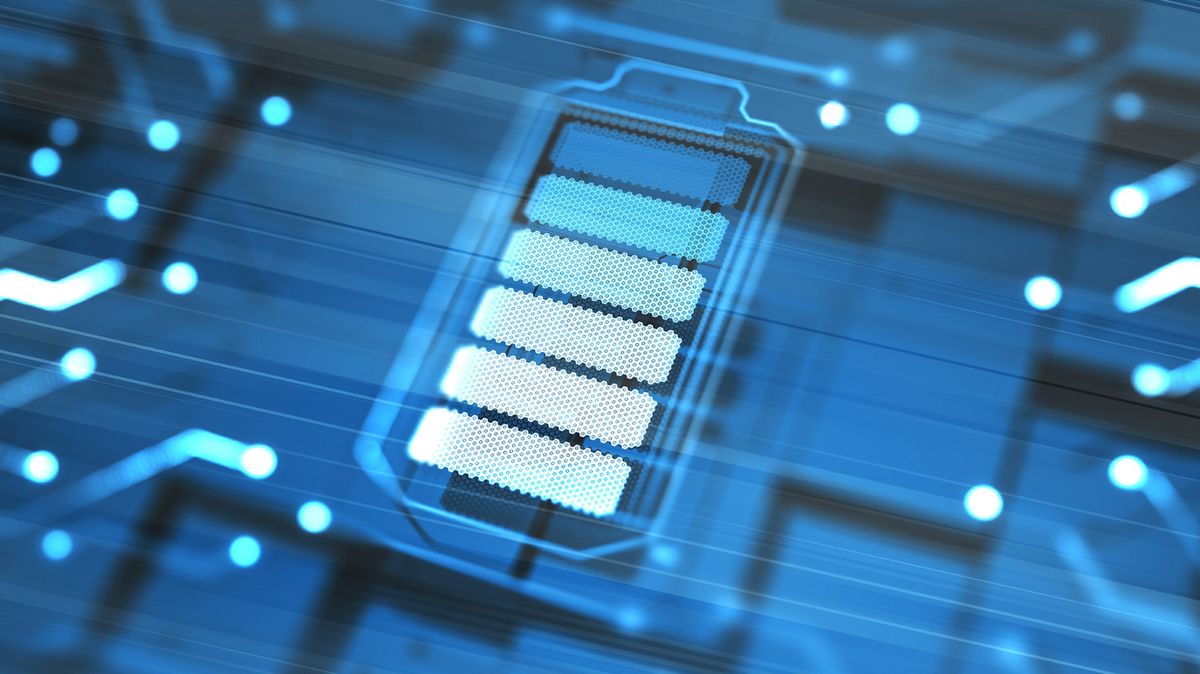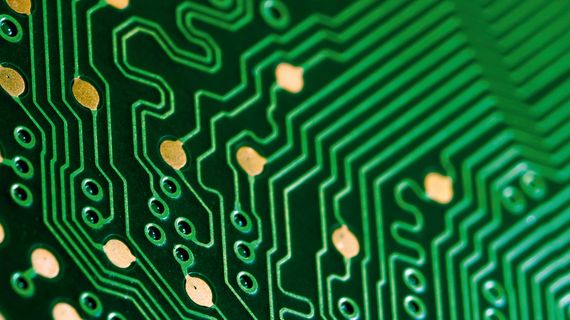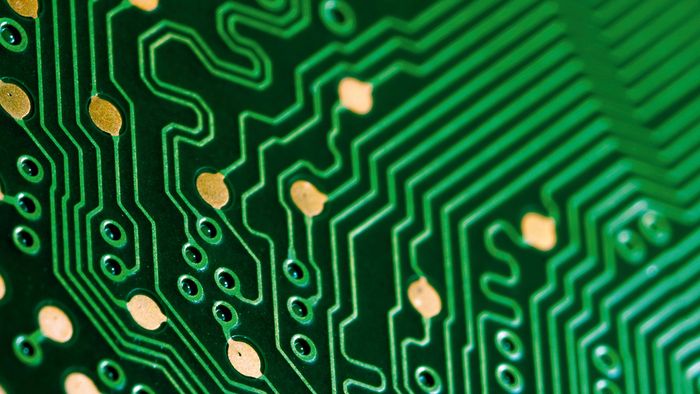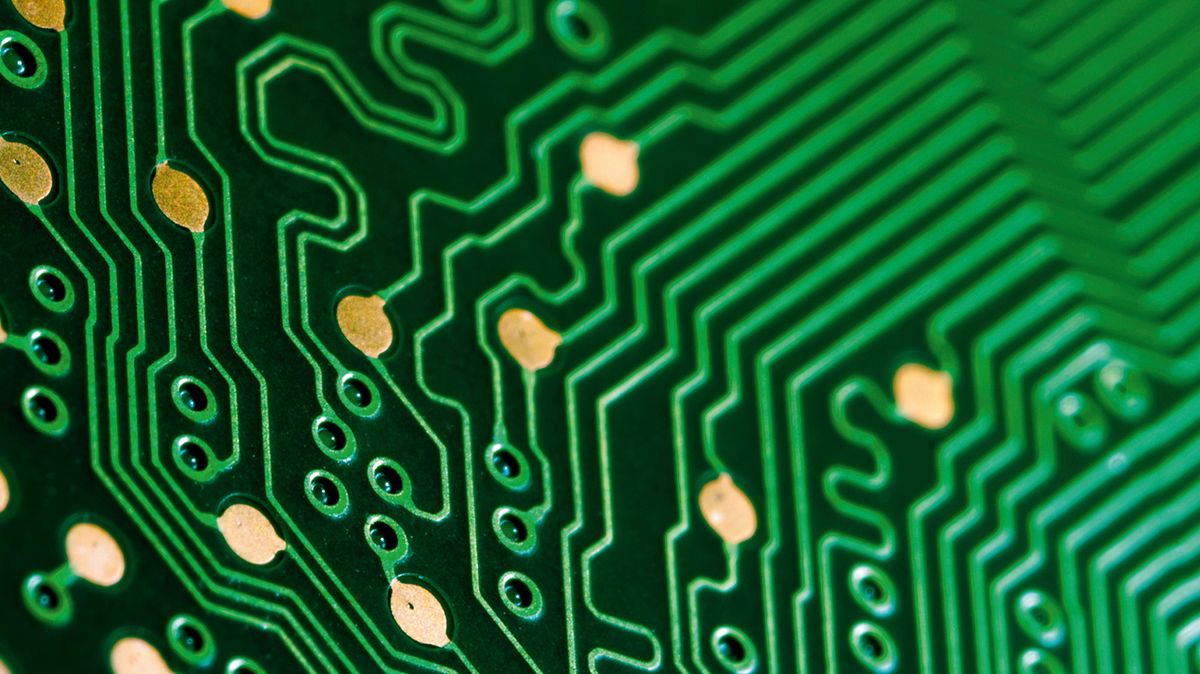Wire mesh in electrical engineering and electronics
Electronic components and their technology are constantly evolving – they require less and less space and are becoming more and more sensitive. In order to protect them and yet not impair their function, enormous flexibility and appropriate porosity are required, depending on the area of application. Our wire mesh solutions offer you just that.
Wire mesh is a contact maker
Optimal materials for batteries and fuel cells
Electrolysis is a process in which a redox reaction is generated by an electric current. Wire mesh made of stainless steel or nickel is ideal for anode contacting due to its large surface area, three-dimensional structure and good conductivity.
Since the 1980s, Haver & Boecker has been contributing to the improvement of electromagnetic compatibility in various areas of application, with the development of shielding wire mesh. Over the decades, wire mesh has not only proven itself in the shielding of electronic components in aircraft and cars, but also as a component of buildings and houses, among other things.
Screen printing mesh for smallest electronic devices
Optimum paint application using HAVER metal gauze
Screen printing mesh made out of metal gauze has a high register accuracy, can be adjusted to the ink application required for the respective application and enables an optimum ink flow that ensures a uniform colour gradient and a precisely definable ink layer thickness.
The example application of screen printing mesh fabric:
- PCB - printed circuit boards
- FPC - flexible conductors
- Thick film circuits
- LTCC circuits
- MLCC components, ceramic capacitors
- Soldering paste for SMD
- Membrane keypads
- Scales
- Chip production
- RFID - radio communication / networks
- LCD - Liquid Crystal Displays
- PDB / FED screen technology
- OLED - organic light emitting diodes
- Electronic paper, “e-paper”
- TP - “touch panels”



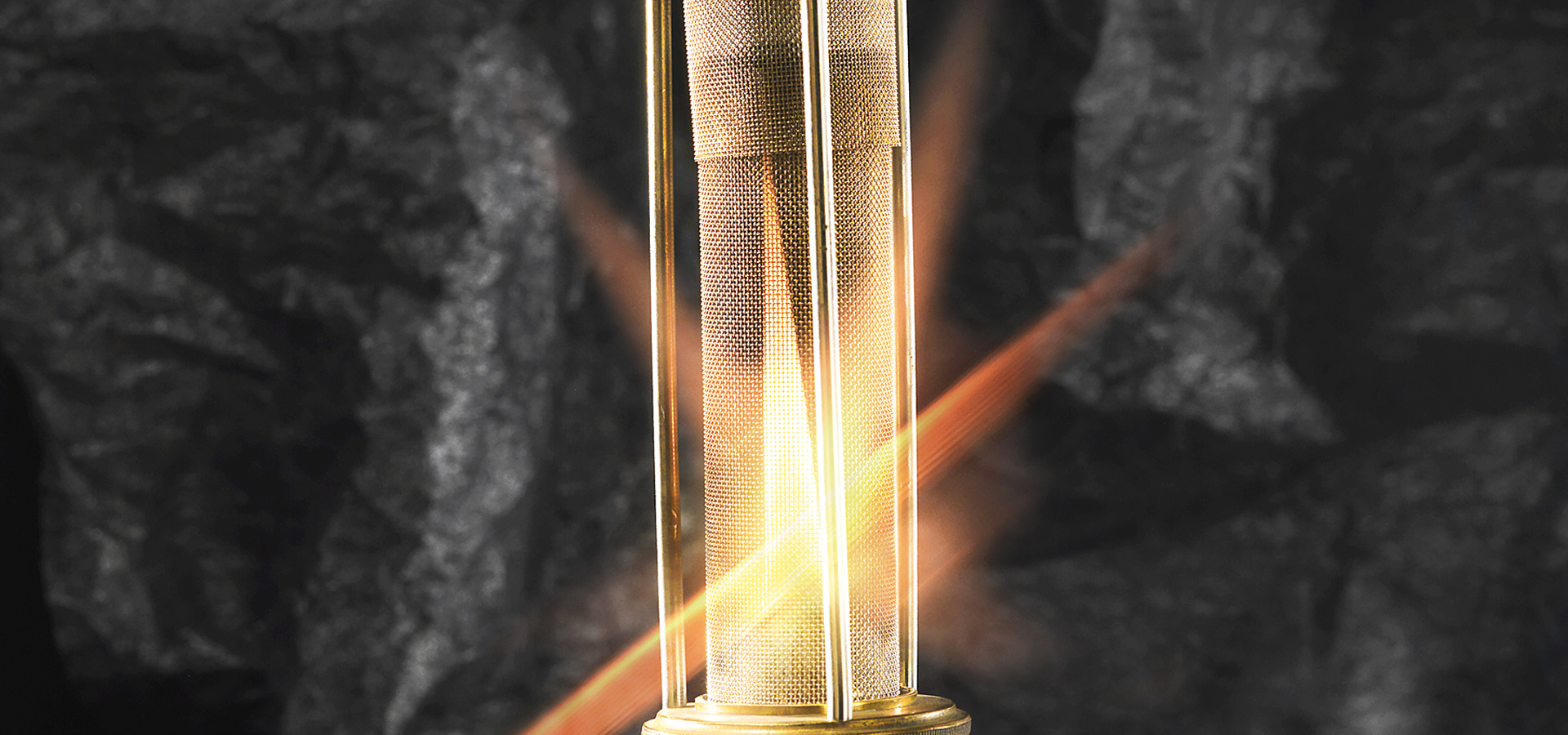







![[Translate to English:] Drahtgewebe-Formteil im Herzen von Heizungsanlagen](https://www.haverboecker.com/fileadmin/HaverBoecker/_processed_/6/9/csm_Branche-Elektrotechnik-Heizungsanlagen-1366x768_1800138e19.jpg)
![[Translate to English:] Drahtgewebe-Formteil im Herzen von Heizungsanlagen](https://www.haverboecker.com/fileadmin/HaverBoecker/_processed_/6/9/csm_Branche-Elektrotechnik-Heizungsanlagen-1366x768_3b2d04c567.jpg)
![[Translate to English:] Drahtgewebe-Formteil im Herzen von Heizungsanlagen](https://www.haverboecker.com/fileadmin/HaverBoecker/_processed_/6/9/csm_Branche-Elektrotechnik-Heizungsanlagen-1366x768_54f4ce31c4.jpg)
![[Translate to English:] Drahtgewebe-Formteil im Herzen von Heizungsanlagen](https://www.haverboecker.com/fileadmin/HaverBoecker/_processed_/6/9/csm_Branche-Elektrotechnik-Heizungsanlagen-1366x768_594b362f41.jpg)










